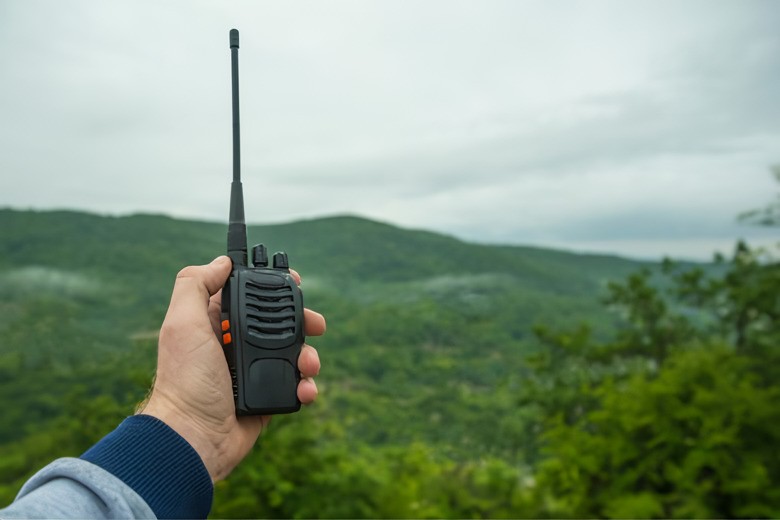
Walkie talkies, a popular communication tool, come in two categories: short-range and long-range. The range of a walkie talkie depends on various factors, such as power and location. Short-range walkie talkies are affordable and designed for smaller areas, offering a range of approximately 500-1000 yards (460-920 m). On the other hand, long-range walkie talkies are more expensive, require licensing, and provide a greater number of channels and more power.
Manufacturers often advertise long-range walkie talkies with ranges from 1 mile (1.60 km) to over 30 miles (48.2 km). These radios are available in different power options, such as a 1-watt radio reaching up to 8 miles (12.8 km) or a 2-watt unit transmitting up to 20 miles (32.1 km). Generally, higher power leads to a greater walkie talkie range. For instance, a powerful 4-watt radio can have a range of 27 to 30 miles (43.4 to 48.2 km).
However, it is important to note that real-life conditions can significantly affect the claimed walkie talkie range. Factors like radio interference, obstacles such as cars, trees, rocks, buildings, or concrete can limit the actual range. Manufacturers often conduct tests in ideal conditions, such as flat terrain with a clear line of sight, to determine the maximum range. These tests may not accurately represent the range in environments like cities with skyscrapers or forests with dense tree cover.
Therefore, it is unlikely that walkie talkies will achieve the maximum range claimed by manufacturers in all situations. It is crucial to consider the specific environment and potential obstructions when determining the expected range of a walkie talkie.
In conclusion, walkie talkie range is influenced by factors like power, location, and environmental obstacles. Short-range walkie talkies are suitable for smaller areas, while long-range ones offer more power and channels but may require licensing. It is important to understand that the claimed range may not always be achievable due to real-life conditions.

